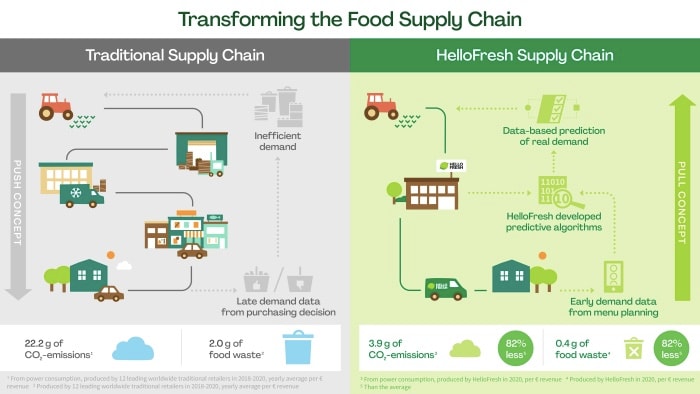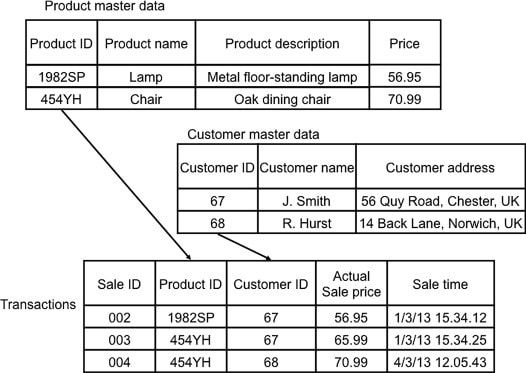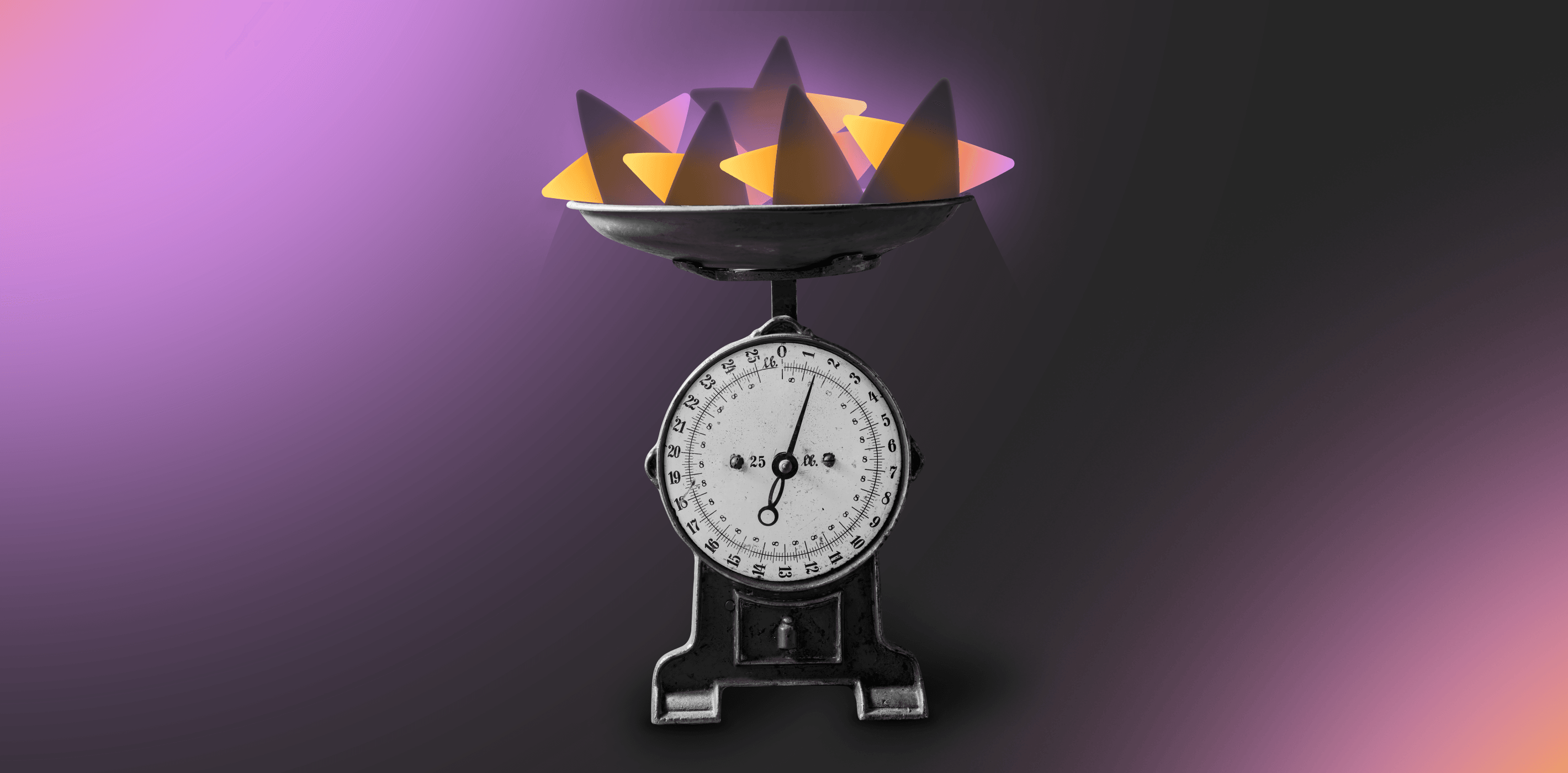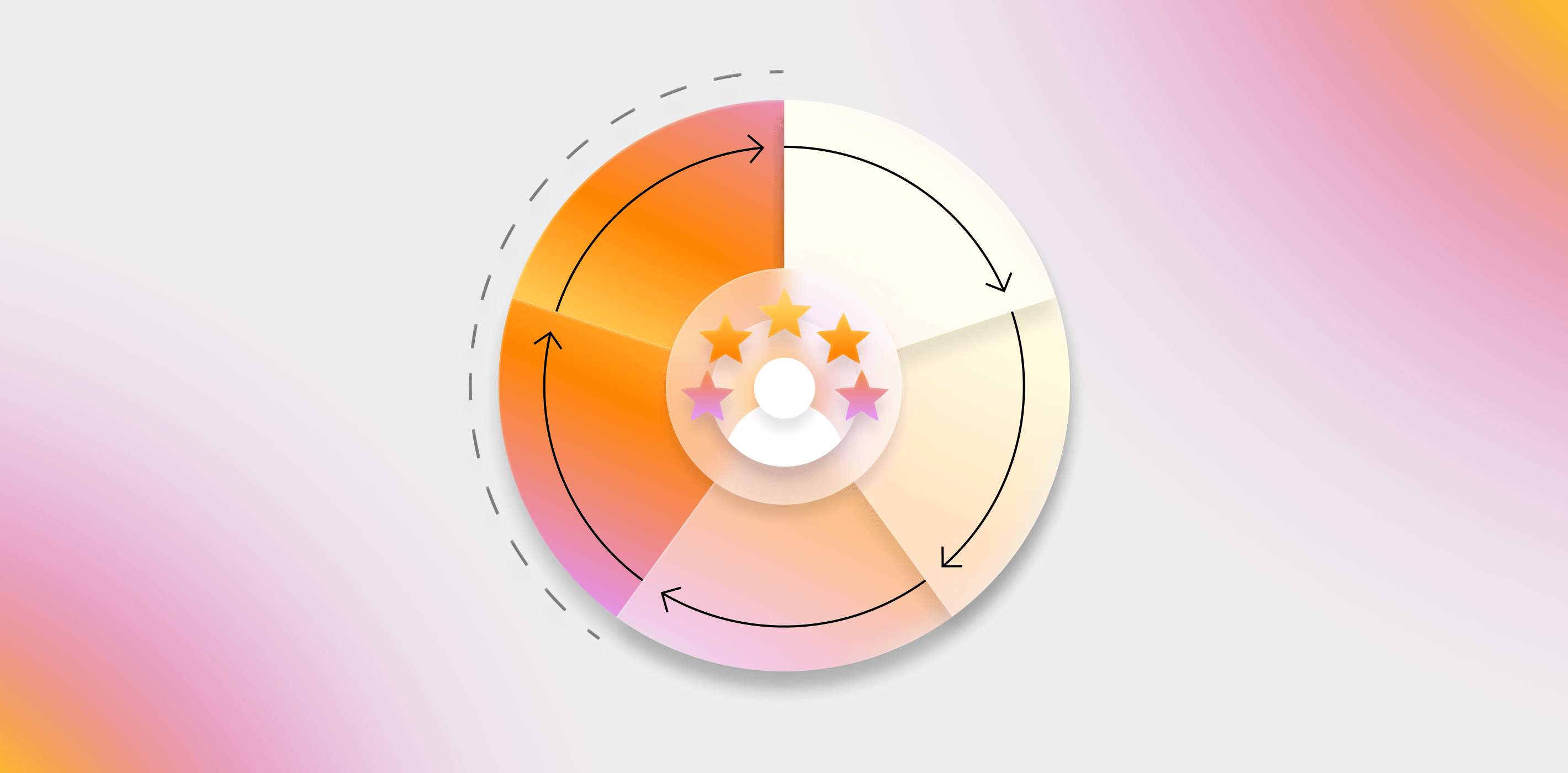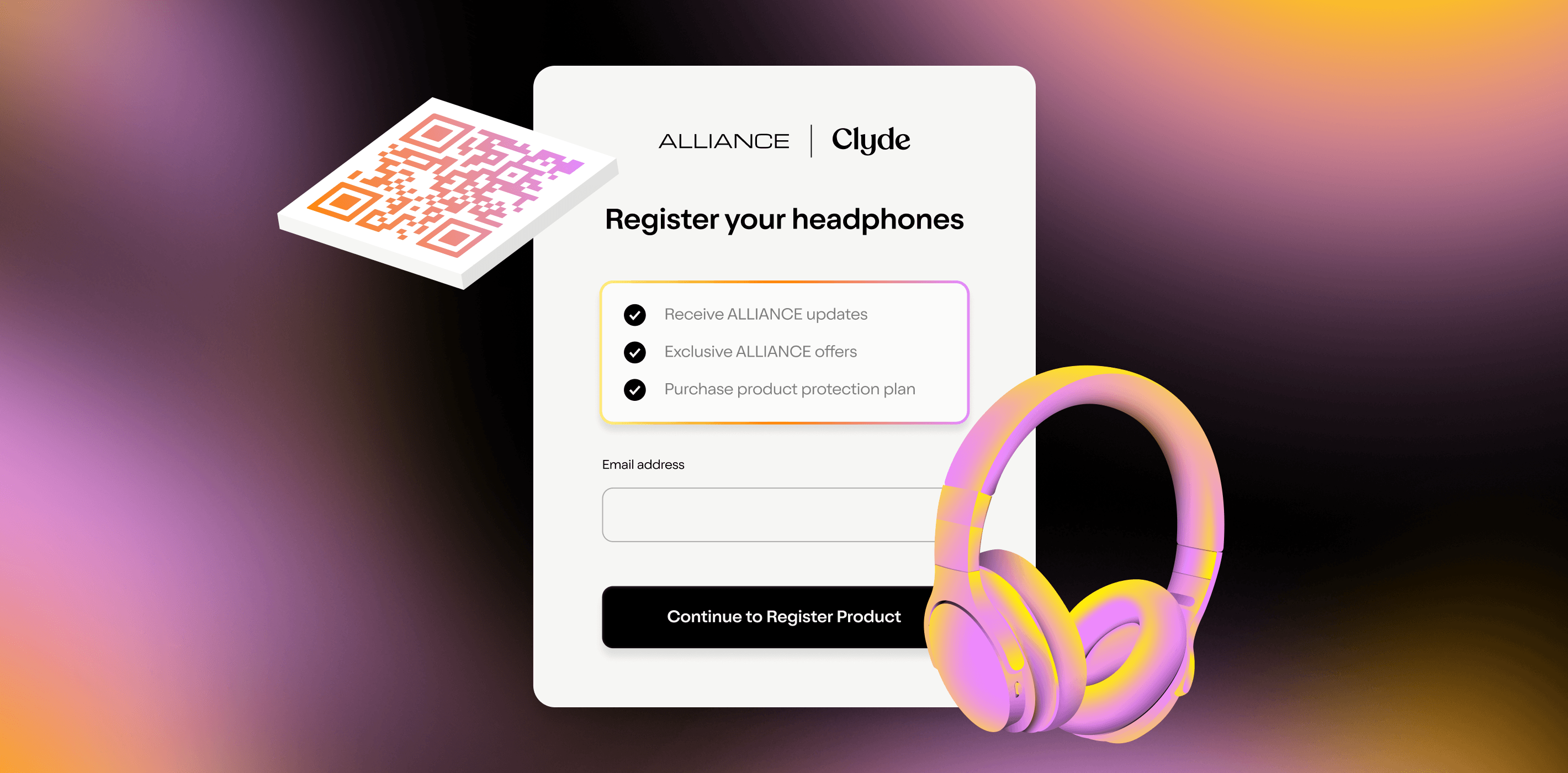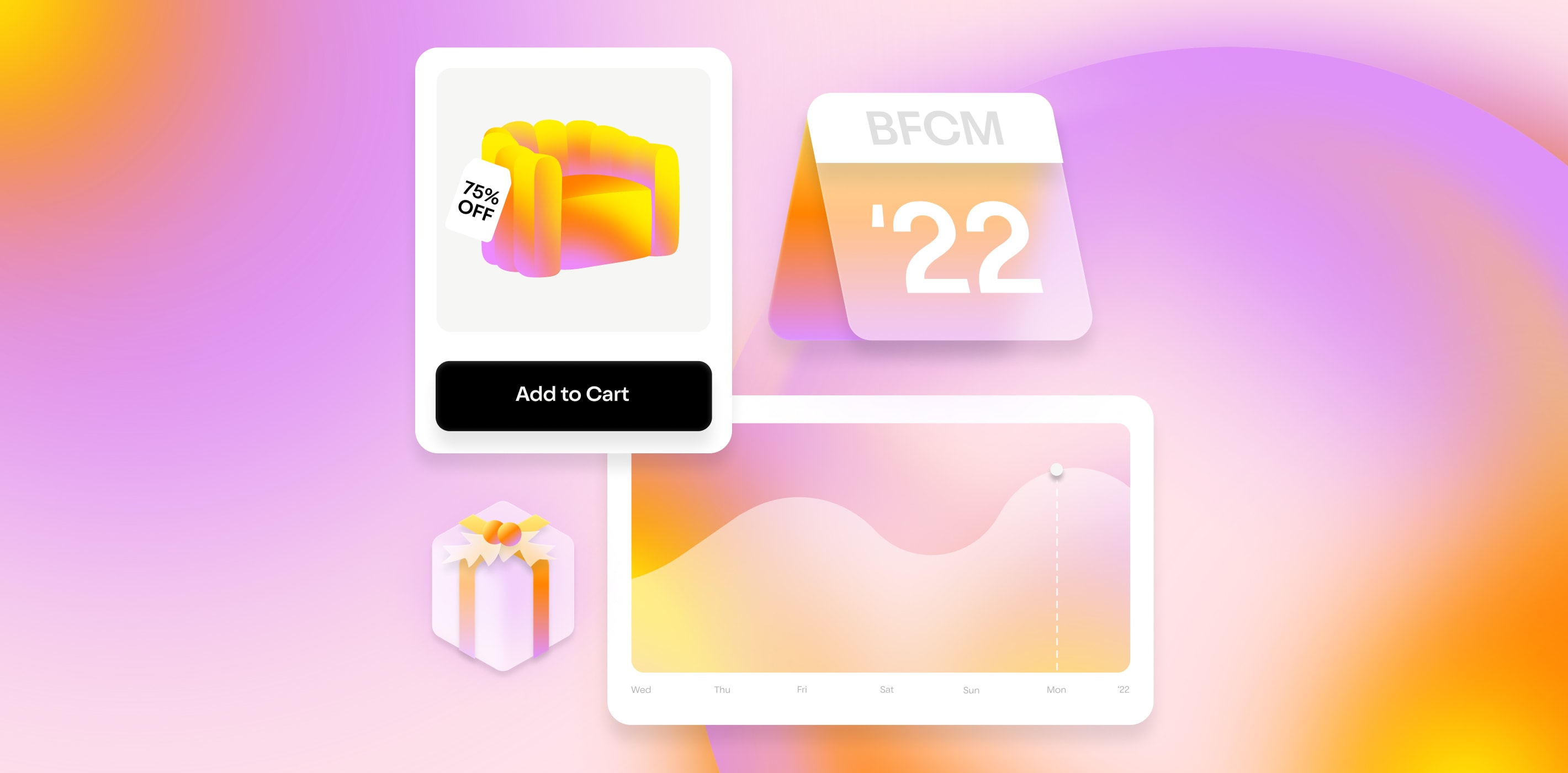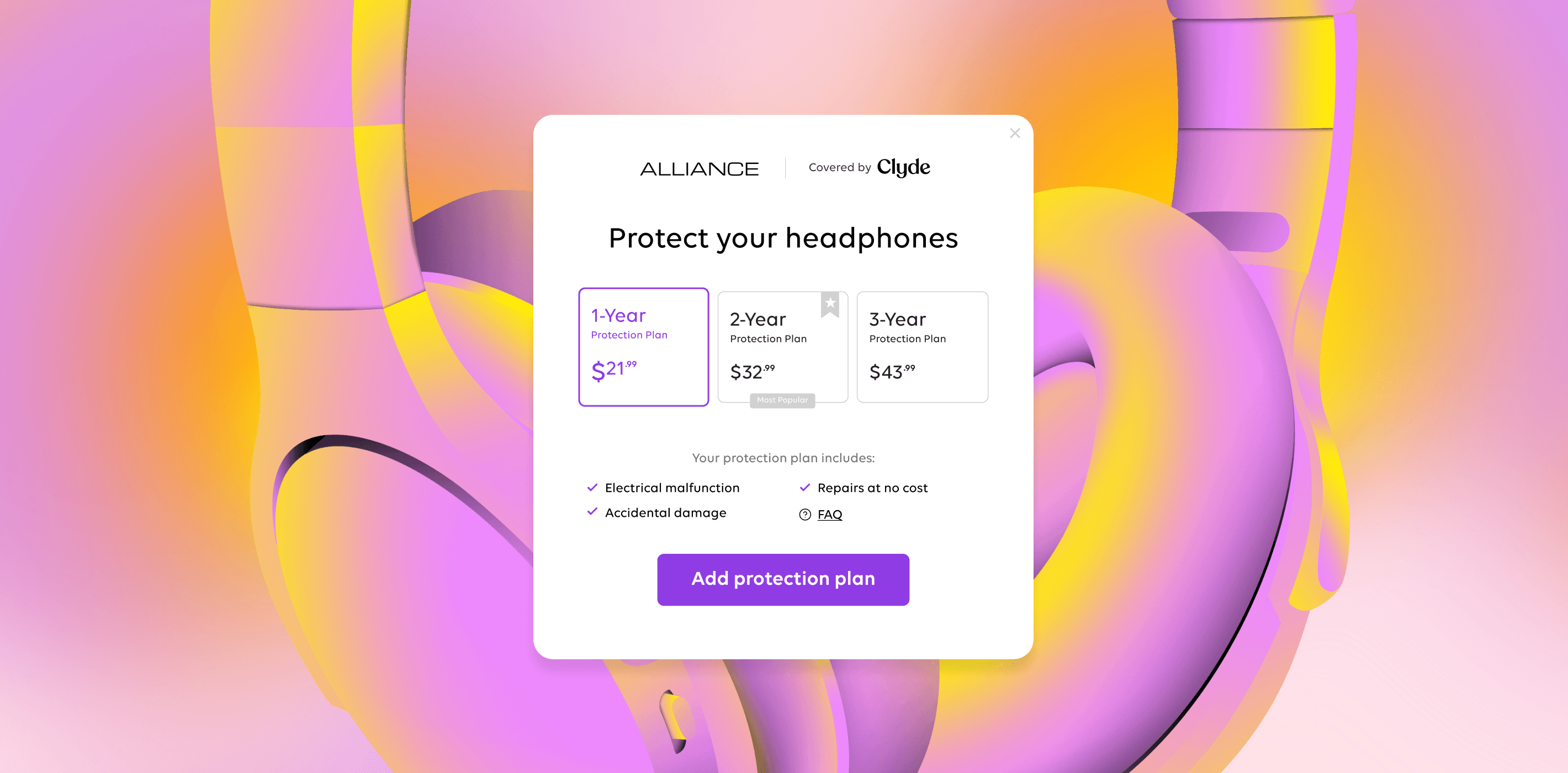How to Gather Customer Data and Feedback
Customer data is as close to a crystal ball as most businesses can get.
Instead of flying blind, relying on assumptions, or applying the old guess-and-check technique, businesses with accurate customer data can make strategic decisions based on what they know to be true.
Those decisions can include who their customers are, what those customers care about, and how much they can spend.
Data equals insight.
But customer data isn’t growing on trees. And with increased international regulation of how data is gathered and used , savvy businesses need to be extra thoughtful about how they get customer data and feedback — and what they do with it once they have it.
Here, we explore why data matters and how you can make the most of yours.
The Importance of Customer Data Collection
Per the University of Minnesota , the best product ideas don’t come from businesses deciding what they want to sell — they come from asking “What do customers want to buy?”
And the answer to that question is all about data. Whether it comes from one-off surveys or continuous data collection (more on those options, and more, in a minute), customer data can shape products, strategies, pricing, and more.
Specifically, customer data collection can:
1. Give you insight into where you can improve as a business
One of the most popular customer data surveys is the Net Promoter Score, or the NPS, and it’s one question long: “On a scale of 0 to 10, how likely are you to recommend our business to a friend or colleague?”
It’s used by two-thirds of the Fortune 1000 for one simple reason. It captures how your customers feel about your product or service over time — and that helps you identify trends, opportunities, and areas to improve.
For instance, a company that launches a new product and then gets back lower-than-usual NPS scores from purchases of that product knows that they need to raise the bar.
2. Help you identify your ideal customer profile
Assumptions only get you so far when it comes to figuring out product market fit. You might think that your wireless headphones are going to be really popular with the Gen Z market, only to find out that millennial professionals make up the majority of your buyers. Or that your major market is going to be L.A. only to sell out in Nashville and Chicago instead.
Knowing who your customers really are allows you to make decisions and investments with them in mind.
And once you have that customer profile built, you can segment it to drive further insights. For example, let’s say that you know that you’re selling to mostly heads of households with annual incomes of $100,000 and up. With granular customer data, you can dig into what those customers value depending on their genders, geographical area, or age — and then better service each subgroup.
3. Shape future business decisions like sales, marketing campaigns, and promotions
Once you know what your customers most value about your business and who they are, you can more accurately — and effectively — communicate with them, market to them, and solve their needs.
For instance, look at meal delivery service HelloFresh. eTail dug into their marketing strategy and found that data influences multiple departments’ decisions:
Search data helps the marketing team determine what customers are interested in — i.e., seeing searches for turkey recipes spike in the fall and winter months leads marketing to highlight the availability of those dishes in targeted social media, search, and even TV or print advertisements.
Purchase data helps the logistics team better forecast what kind of food is needed, when, so less goes to waste. If less people historically buy HelloFresh in the summer, they can communicate that to food vendors in time to adjust delivery.
Geographical data helps the product team create recipes that line up with different regions’ taste and ingredient preferences, allowing them to sell across major and minor markets.
Customer service data helps the customer experience and tech teams decide what improvements to prioritize. If they get feedback that it’s difficult to cancel delivery when customers are going on vacation, for instance, they could add better scheduling functionality to their website or app, or train customer service reps to improve how they resolve that kind of issue.
The company’s CEO has said that every month, HelloFresh receives, analyzes, and evaluates around 3 million comments and ratings from customers — that’s a lot of data!
Examples and graphic from this HelloFresh blog article.
All in all, customer data can shape what customers end up receiving — the products or services that a company offers — as well as how they receive it, from decisions on marketing, promotions, customer service, and fulfillment.
4. Allow you to personalize your customers’ experience
2021 McKinsey data found that 76% of consumers say that getting personalized communications was a key factor in them considering a brand — and 78% said that personalized content after purchase made them more likely to buy from that brand again.
Graphic from this report
And in fact, firms that outperform at personalization have one thing in common, found McKinsey: “They lean into data and analytics to identify opportunities.”
If you’re not already collecting the data required to thoughtfully personalize your communications, from top-of-funnel marketing to shopping cart CTAs to post-purchase messaging, it’s time to start.
In the next section, we’ll explore ways to do just that.
5 Ethical Ways to Gather Customer Data
The gathering of personal data used to happen in “wild-west fashion,” per a February 2022 report in Harvard Business Review. Not so any more.
The report highlights three new rules of the future of data:
“trust over transactions,” which requires customer consent for data collection,
“insight over identity,” which requires leaving personal identifying information on customer devices and instead exporting only performance statistics,
and “flows over silos,” or more sharing of customer data within silos, since the entire data ecosystem is more tightly controlled.
Gathering data isn’t about trying to amass a bunch of personal information about your customers by any means necessary. Instead, it’s about carefully extracting, anonymizing, and analyzing the information your customers are in sync with sharing in order to better serve them.
Stay up to date by gathering customer data in one or more of the following ways:
1) Measure Transactional Records
Transactional records are one of the easiest places to begin analyzing customer data because it’s existing sales data.
How to gather this data
Transactional records already exist in the databases that support your business. For instance, it includes:
When (date and time) a product is sold
Who buys it
What products are sold together
What price products are bought at
What frequently products are bought
Example transactional data from Science Direct .
How to utilize this data
Transactional data is already used by your fulfillment team to get customers their products, and likely by your sales and marketing teams, too, for targeted outreach and advertising. There are other ways that this data can be useful, though, including:
Analyzing it for seasonal patterns to inform product planning
Doing retrospectives on sales and promotions to measure their impact
Identifying opportunities for upselling and cross-selling
2) Conduct a Customer Survey
If you want to better service your customers, you may as well ask them what that looks like to them. Customer survey data can be mostly quantitative (like in the form of an NPS) or mostly qualitative (like via 1:1 customer interviews), and you’ll likely want to utilize a few different ways of capturing it.
How to gather this data
Customer survey data can be gathered by:
Adding an NPS question to order fulfillment notifications
Embedding pop-up surveys after checkout
Including email surveys after key customer action, like engaging with your CX team, making a second purchase, abandoning a cart, or joining a loyalty program
Scheduling phone interviews with customers
Hosting focus groups either in person or virtually
And whatever medium you choose, keep these best practices in mind:
Ask open-ended questions
Keep surveys short
Send reminders
Incentivize responses with giveaways or premium content
Be gracious for feedback
Follow up on any issues
How to utilize this data
Customer survey data be used to:
Validate ideas for products, services, and user experience flows (like when a company beta tests a new offering or web page with a small group of customers before rolling it out to everyone)
Identify strengths and weaknesses, as experienced directly by customers
3) Gather Social Media Feedback
A 2021 poll conducted by Sprout Social found that 78% of consumers are more willing to buy from a brand after having a positive experience with them on social media. But how do you know if your brand is creating those positive experiences?
How to gather this data
To harness social media data:
Try social listening tools, or software that monitors and analyzes conversations about your brand happening across platforms (here are some examples ) — and flags the general sentiment, from positive to problematic, about your brand
Practice social media monitoring, or using metrics like mentions and hashtags to see how different campaigns have performed and what results they’ve driven
Use poll capabilities, like those on Instagram and Facebook, to get real-time feedback
Add in surveys to autoresponder scripts on Facebook Messenger or WhatsApp
How to utilize this data
Once you have a good handle on how your customers are interacting with your brand on social media, you can use that data to:
Source user-generated content, using real-life examples, content, and stories to reach your intended audience
Create community by connecting your customer base with each other
Develop personas based on the archetypes of people you see engaging with you on social media
Better plan your future social media marketing campaigns with performance data on what resonated — and what didn’t
4) Perform a Marketing Analysis
So far, we’ve focused on data that’s specific to your business: your transaction details, your customers, your brand’s social media. But stepping back from the micro and taking a look at macro trends is an important part of data gathering, too.
How to gather this data
A marketing analysis looks at the overall picture of the market, or combination of a subset of buyers in a given industry and/or geographical region, and helps you figure out how to position yourself within it.
You’ll gather data in two waves:
First, you’ll look at the market. What is the size of the customer base you’re trying to target? How fast is that base growing? What broader trends are impacting it? What key technological developments are transforming it?
Then, you’ll look at your positioning within the market. What are your specific strengths and weaknesses when competing? Who are your main competitors and how are you distinguishing yourself from them? A common framework used at this stage is the SWOT framework, which stands for strengths, weaknesses, opportunities, and threats.
How to utilize this data
Doing a marketing analysis can help set you up to:
Preemptively address risks. Let’s say that your analysis revealed that customers in your market are becoming increasingly price sensitive due to inflation fears. You might then be able to design a campaign telling them that they can lock in product prices for a 12-month period if they sign up for a subscription plan.
Take advantage of trends before competitors. For example, your analysis may show that Gen Z buyers are especially interested in shipping options that use less plastic. You could design and advertise a new kind of packaging that addresses those needs — and distinguish yourself on that market.
Right-size your metrics and benchmarks. Data is most useful when it can be put in context, and marketing analyses can help you figure out how to benchmark your goals and progress based on what else is happening in your industry and with your competitors.
5) Collect Subscription and Registration Data
Maybe your product is easily able to be packaged into a subscription. Or perhaps it’s more of a once-in-a-while purchase that can be registered to help manage warranties, issues, and use guidance. Either way, collecting information about your customers post-purchase can help you better serve them — and give them peace of mind that you’ll get in contact if anything comes up that they need to know.
How to gather this data
Product registration best practices include:
Making the process digital
Optimizing it for mobile access
Including QR codes in product shipping materials so users can register a product as soon as they receive it
Asking for basic info only at the beginning, like name and email, and then adding more optional fields
Explaining the benefits of registration
Addressing FAQs, like whether they’ll be added to marketing lists
How to utilize this data
Registration data, including that provided by Clyde’s partnership with Registria, can help you:
Build a compliantfirst-party database of core customer information that you own and can track over time
Identify superusers and purchases
Communicate at scale in the case of product issues or recalls
Collect Data the Right Way with Clyde
No retailer knows exactly what’s coming next. (Who could’ve predicted every up and down of the last two years?)
But customer data can stand in for divination tools and help light up the strategies, opportunities, and risks that will define the future of your company.
Why not get started?
Clyde can help you own the post-purchase journey with ways to gather first-party data that delights customers along the way.
Sign up for a demo today — and see how Clyde’s extended warranty products, registration tie-ins, and comprehensive analytics can give you the power to create incredible customer experiences.
SIGN UP FOR OUR NEWSLETTER

